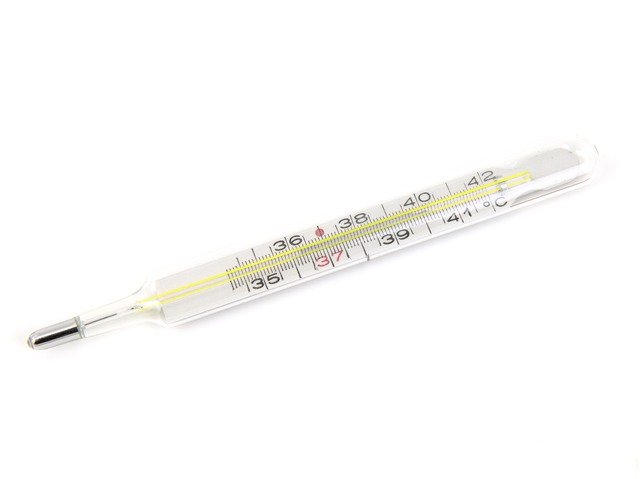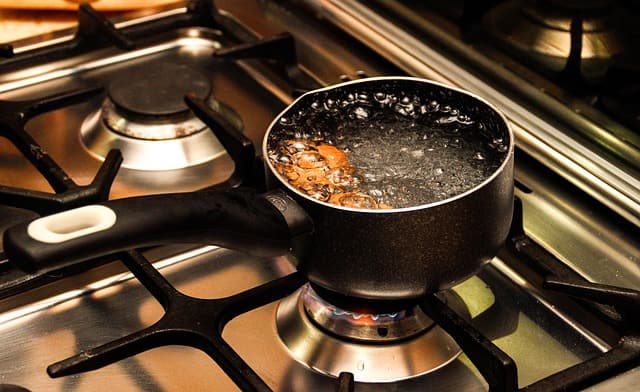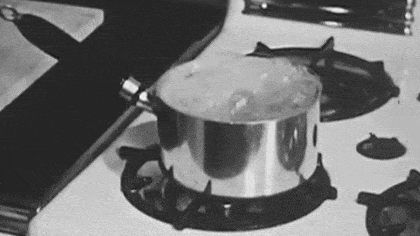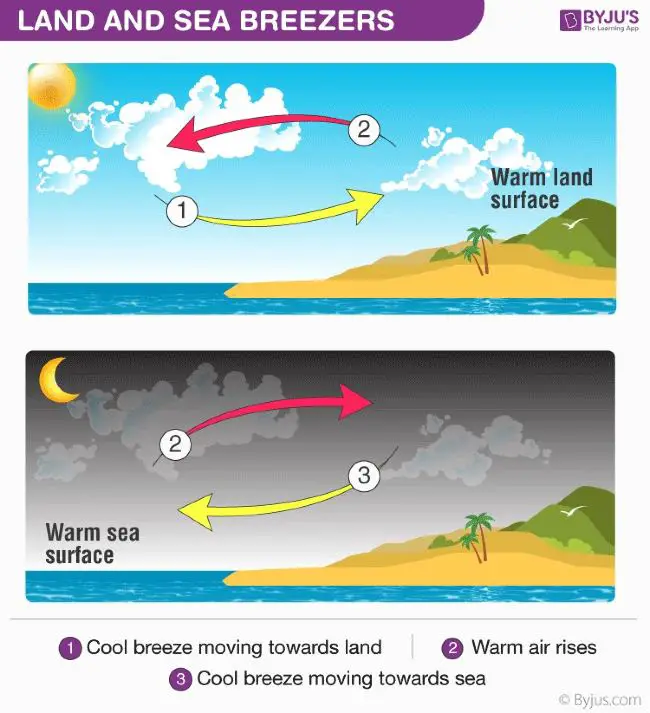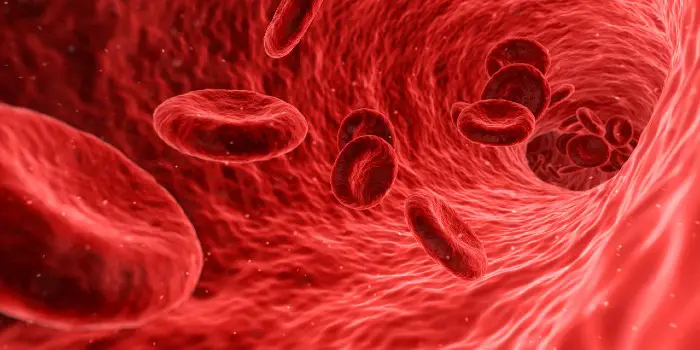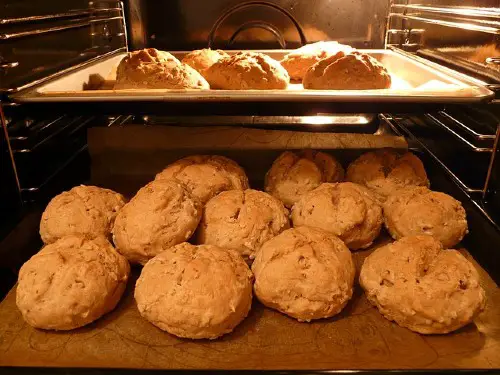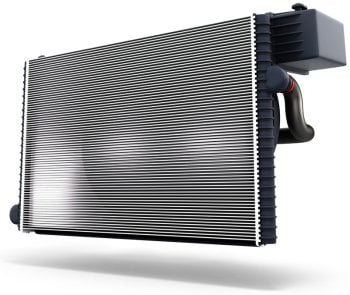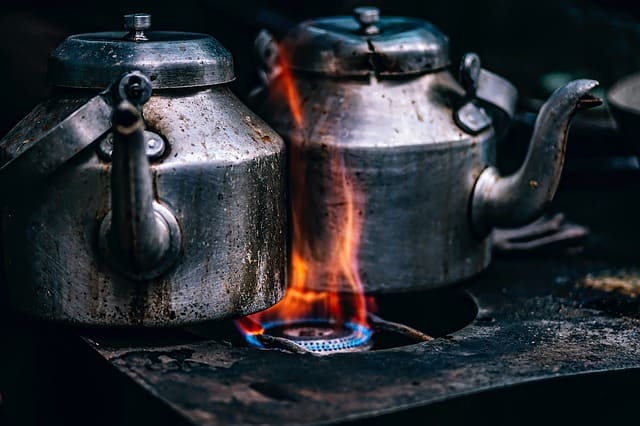
9 Major Difference Between Conduction, Convection and Radiation
9 Difference Between Conduction, Convection and Radiation
written by Stanley Udegbunam || Dec 19, 2020
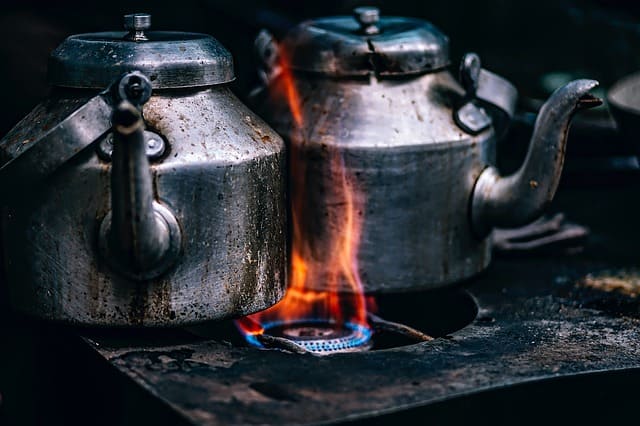
AFRILCATE
OVERVIEW OF CONDUCTION, CONVECTION AND RADIATION
Matter exists in different forms, it could be solid, liquid or gas.
If two objects with different temperatures are brought in contact, heat transfer will take place.
The heat will flow from the object with a higher temperature to the one with a lower temperature.
The energy transferred is called thermal energy.
There are three modes of heat transfer: conduction, convection and radiation.
Let us use a table to properly differentiate between these heat transfer modes.
9 DIFFERENCE BETWEEN CONDUCTION, CONVECTION AND RADIATION
| CONDUCTUON | CONVECTION | RADIATION | |
|---|---|---|---|
| 1. | Conduction is the transfer of heat through the molecular collision of matter. | Convection is a process of heat transfer that involves the physical transport of bulk matter. | Radiation is the transport of thermally generated electromagnetic waves |
| 2. | Requires the existence of a material medium before heat can be transferred. | Requires the existence of a material medium for its propagation. | Does not require the existence of an intervening material medium for its propagation. |
| 3. | Occurs in solid | Occurs in fluids (liquids and gases). | Heat is radiated mostly from radioactive substance. |
| 4. | Heat is conducted by direct contact with the heat source. | Convective current is set up and heat is transferred through the fluids exchanging heat. | Heat travels through vacuum. |
| 5. | Involves micro-movement (movement of micro particles) | Involves Macro/bulk movement | Movement of electromagnetic waves. |
| 6. | Heat transfer is agitated by temperature difference. | Heat transfer is agitated by density difference. | Heat transfer occurs in all object with a temperature greater than 0 K. |
| 7. | It is not guided by the law of reflection and refraction. | It does not follow the laws of reflection and refraction. | It follows the law of reflection and refraction because radiation can occur through a medium that is transparent or translucent to the radiation. |
| 8. | Conduction is calculated using Fourier’s Law of conduction. | Convection is calculated using Newton Laws of Cooling. | Radiation is calculated using Stefan-Boltzmann law. |
| 9. | There are three types of conduction: • Thermal Conduction • Electrical Conduction • Sound Conduction | There are two types of convection: • Forced Convection • Natural Convection | Radiation can only be one of two types: • Ionizing Radiation • Non-Ionizing Radiation. |
swipe sideways to see complete table
| CONDUCTUON | CONVECTION | RADIATION | |
|---|---|---|---|
| 1. | Conduction is the transfer of heat through the molecular collision of matter. | Convection is a process of heat transfer that involves the physical transport of bulk matter. | Radiation is the transport of thermally generated electromagnetic waves |
| 2. | Requires the existence of a material medium before heat can be transferred. | Requires the existence of a material medium for its propagation. | Does not require the existence of an intervening material medium for its propagation. |
| 3. | Occurs in solid | Occurs in fluids (liquids and gases). | Heat is radiated mostly from radioactive substance. |
| 4. | Heat is conducted by direct contact with the heat source. | Convective current is set up and heat is transferred through the fluids exchanging heat. | Heat travels through vacuum. |
| 5. | Involves micro-movement (movement of micro particles) | Involves Macro/bulk movement | Movement of electromagnetic waves. |
| 6. | Heat transfer is agitated by temperature difference. | Heat transfer is agitated by density difference. | Heat transfer occurs in all object with a temperature greater than 0 K. |
| 7. | It is not guided by the law of reflection and refraction. | It does not follow the laws of reflection and refraction. | It follows the law of reflection and refraction because radiation can occur through a medium that is transparent or translucent to the radiation. |
| 8. | Conduction is calculated using Fourier’s Law of conduction. | Convection is calculated using Newton Laws of Cooling. | Radiation is calculated using Stefan-Boltzmann law. |
| 9. | There are three types of conduction: • Thermal Conduction • Electrical Conduction • Sound Conduction | There are two types of convection: • Forced Convection • Natural Convection | Radiation can only be one of two types: • Ionizing Radiation • Non-Ionizing Radiation. |
FURTHER EXPLANATION
We’ve clearly stated the differences between the three modes of heat transfer.
But it’s also important to note that heat can be transferred through more than one heating process simultaneously.
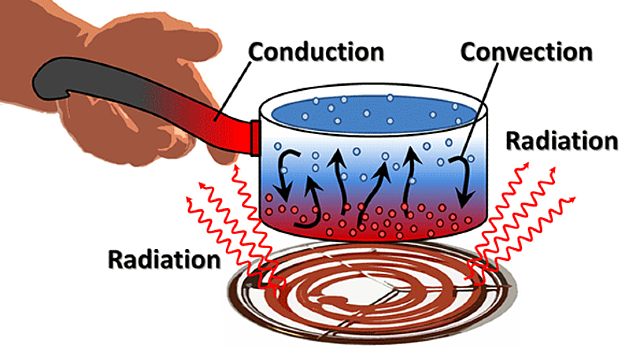
different modes of heat transfer
For instance:
If a pot of boiling water is placed on the boiler, the heat is first transferred to the bottom of the pot through conduction.
This heat makes the layer of water at the bottom to be less dense.
The less dense layers will move to the top and the upper layers of the water which is now more dense will fall to the bottom where they get heated too.
This heating process builds up convective current and the entire water is heated up through convection.
Standing a little distance from the boiling water we can feel the heat on the surface of our skin due to radiation.



